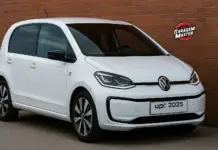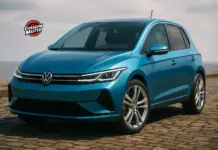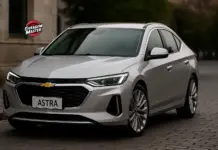O beetle has always been an icon. Since its creation, it has won the hearts of millions of people around the world and is a symbol of simplicity, durability and charm. Now, in a partnership between Volkswagen and the German company eClassics, the Beetle returns with an innovative proposal: electrification. In order to explore the viability of electric conversion kits for classic vehicles, these two giants have joined forces to create an electric Beetle using components from the electric version of the hatchback e-Up. This initiative opens the door to a new era in the preservation and updating of classic cars, allowing these vehicles to enter the 21st century with a focus on sustainability.
This electric Beetle, which has been given an 82 hp engine, offers a new perspective for those who love classic vehicles but are also concerned about environmental preservation. In this article, you will understand in detail this transformation, the benefits of using electrification kits in classic cars, and the impact that this innovation can have on the automotive market.
The Beetle's Transformation: From Gasoline to Electricity
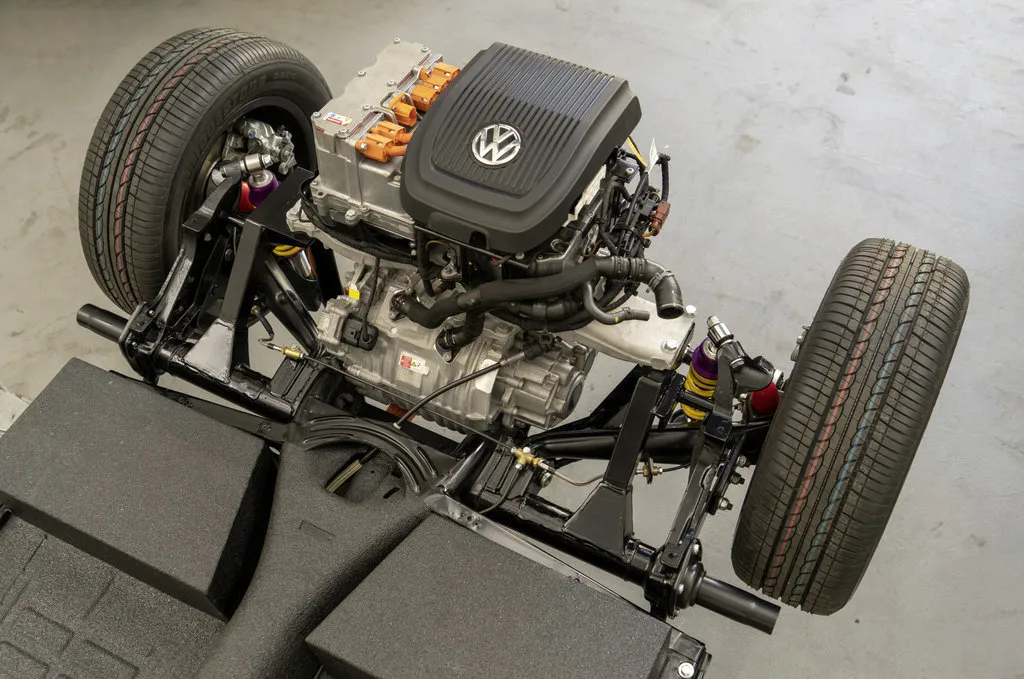
When we talk about classic cars, it is inevitable to think about the environmental impact they cause. After all, these vehicles were designed to run on combustion engines, which emit pollutants and consume fossil fuels. However, the emotional and historical appeal that these cars carry makes it difficult to abandon them. That is where the proposal of electrification kits, which allow classics to gain a second, cleaner life.
For this transformation, Volkswagen and eClassics used e-Up parts, an electric hatchback from Volkswagen available in the European market. This model served as a donor for the main components, including the electric motor and the package of 36.8 kWh batteries. With this set, the electric Beetle was equipped with an engine capable of offering 82 hp of power, allowing the classic to reach a top speed of 150 km/h and go from 0 to 80 km/h in just over eight seconds.
The engineers involved in the conversion needed to make some adaptations, such as reinforcing the chassi and install a new brake system, essential for handling the additional weight of the batteries and ensuring vehicle safety. In addition, the batteries were strategically positioned on the floor, taking advantage of the available space without compromising the original design of the car. With this configuration, the electric Beetle offers a autonomy of approximately 200 km with a full charge, making it viable for urban commutes and short trips.
Challenges and Benefits of Conversion
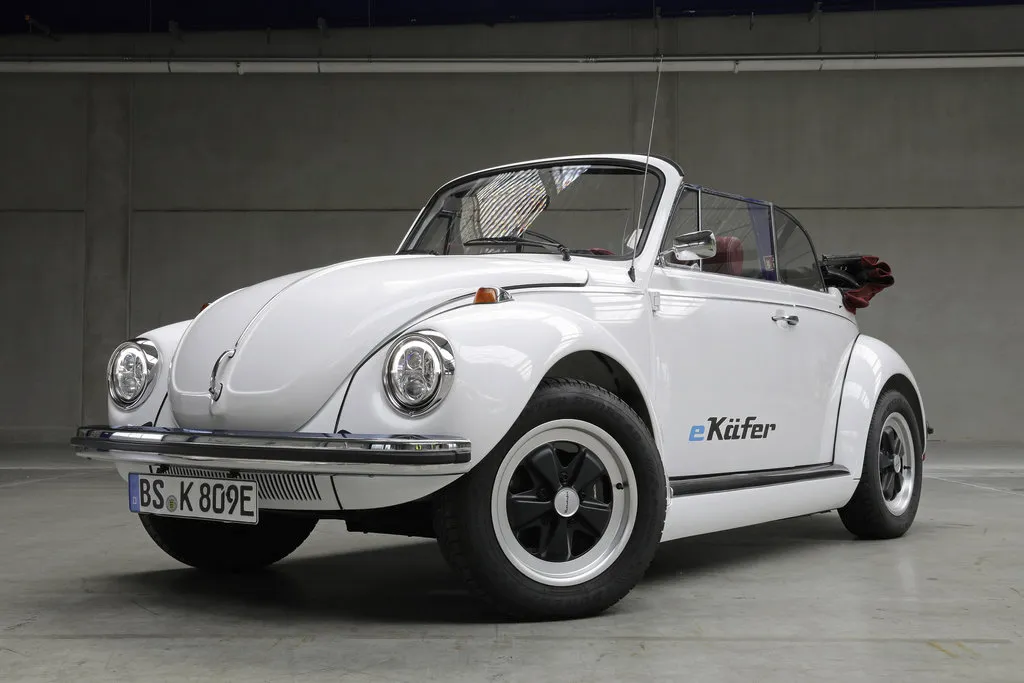
The idea of converting classic cars to electric propulsion still generates some resistance, especially among purists. However, the benefits of this transformation are clear. The first advantage is undoubtedly the reduction of pollutant gas emissions. With an electric engine, the Beetle stops emitting atmospheric pollutants and contributes to improving air quality in cities.
Another significant benefit is the savings on maintenance costs. Electric motors have fewer moving parts than combustion engines, which reduces the need for frequent maintenance and minimizes the risk of mechanical failures. In addition, fuel costs are virtually eliminated, since electricity is more affordable than gasoline in many countries, including Brazil, where the average price per liter of gasoline is around R$ 6.50.
However, one of the biggest challenges to popularizing these conversions is the initial cost of the electrification kit. Although prices can vary depending on the model and level of customization, converting a classic to electric propulsion requires a considerable investment. It is estimated that the cost of a similar conversion could be around R$ 150 thousand to R$ 200 thousand, depending on the country and the company responsible for the installation. This price may be prohibitive for many enthusiasts, but Volkswagen and eClassics believe that the market is ready for a new phase, in which classic cars can become more sustainable.
Volkswagen's Vision for the Future: Electric Kombi
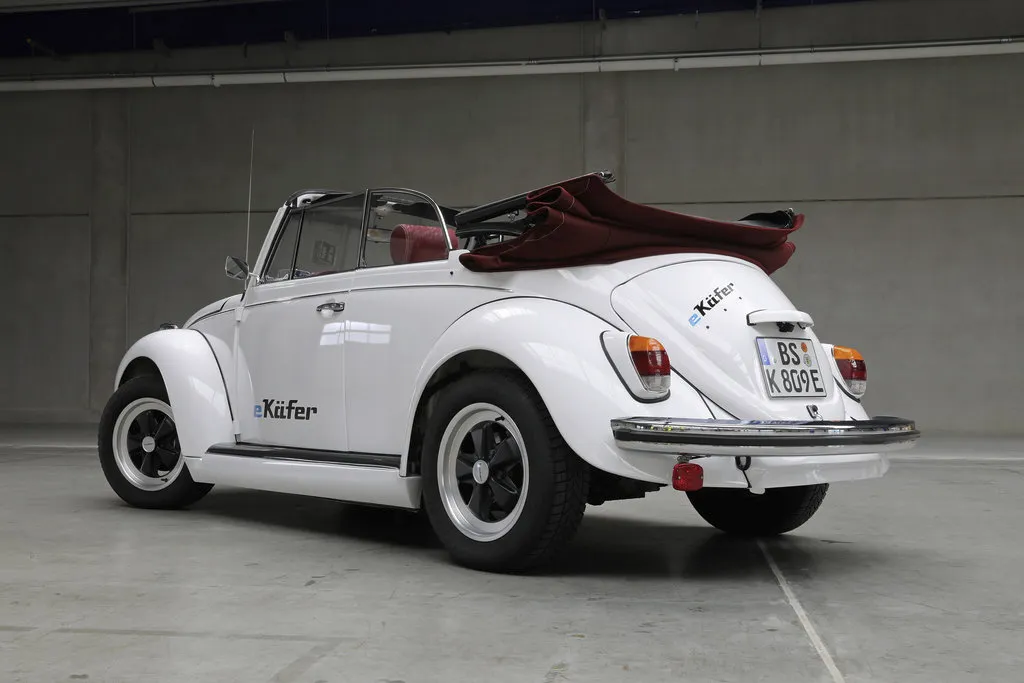
The success of the Beetle conversion has already inspired new possibilities for Volkswagen and eClassics. The next step is to apply the same concept to another icon of the automaker: the Kombi classic. The Kombi, like the Beetle, has a legion of fans around the world and is highly valued for its versatility and design. Bringing the Kombi into the electric world is a way to maintain the relevance of these historic vehicles in a world increasingly focused on sustainability.
According to information released by Volkswagen, the electric Kombi should follow the same concept used in the Beetle, that is, with mass production electric vehicle components. The engine, batteries and other elements are expected to be derived from models such as the e-Up or other electric vehicles from the brand. This not only reduces development costs, but also ensures that the parts are compatible and durable. In addition, the use of mass-produced components allows for greater reliability and simplified maintenance, important factors for those who want to keep a classic in perfect condition.
A New Market: Electrification Kits for Classics
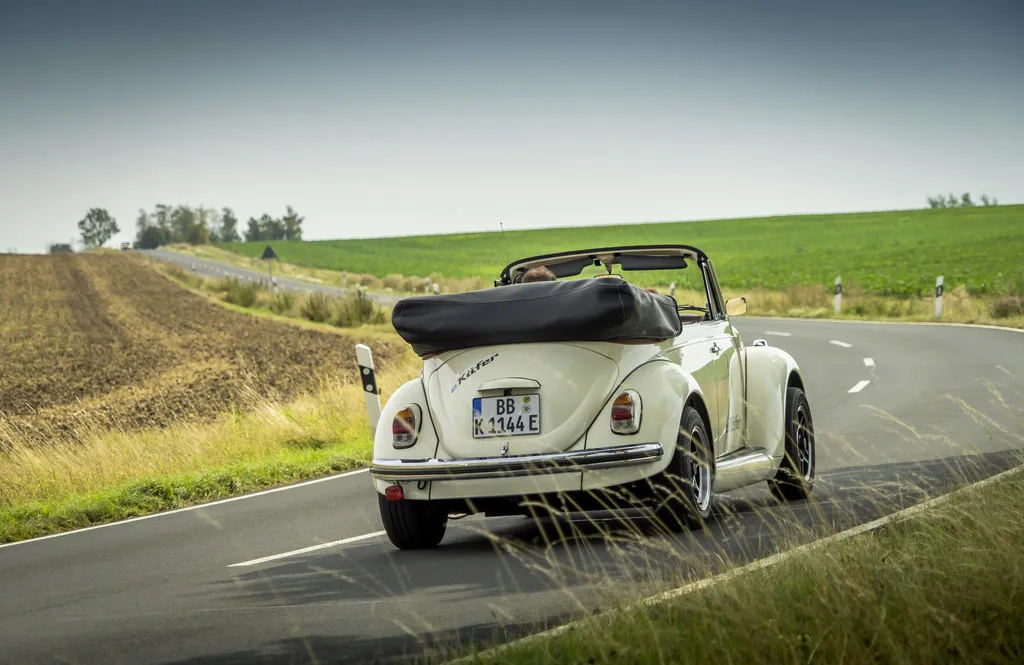
Volkswagen is paving the way for a promising market with the introduction of electrification kits for classic cars. The possibility of transforming an old car into an electric one, without losing its original charm and personality, is something that is attracting increasing interest. These kits could be a solution for people who love their classic cars but want to reduce their environmental impact.
In addition to the Beetle and Kombi, other Volkswagen classics may be the next to receive these updates. Models such as the Karmann Ghia and even the Golf GTI of the first generations could benefit from this technology. The possibility of customizing the kit for different models increases the viability of the project and opens doors for other manufacturers to adopt the idea.
However, it is important to remember that these kits still face regulatory challenges. Many countries have strict laws regarding automotive modifications, which may limit the application of these kits in some regions. For the idea of electrification kits to become truly global, regulations need to be adapted to accommodate this new reality.
How Does Converting a Classic to Electric Work?
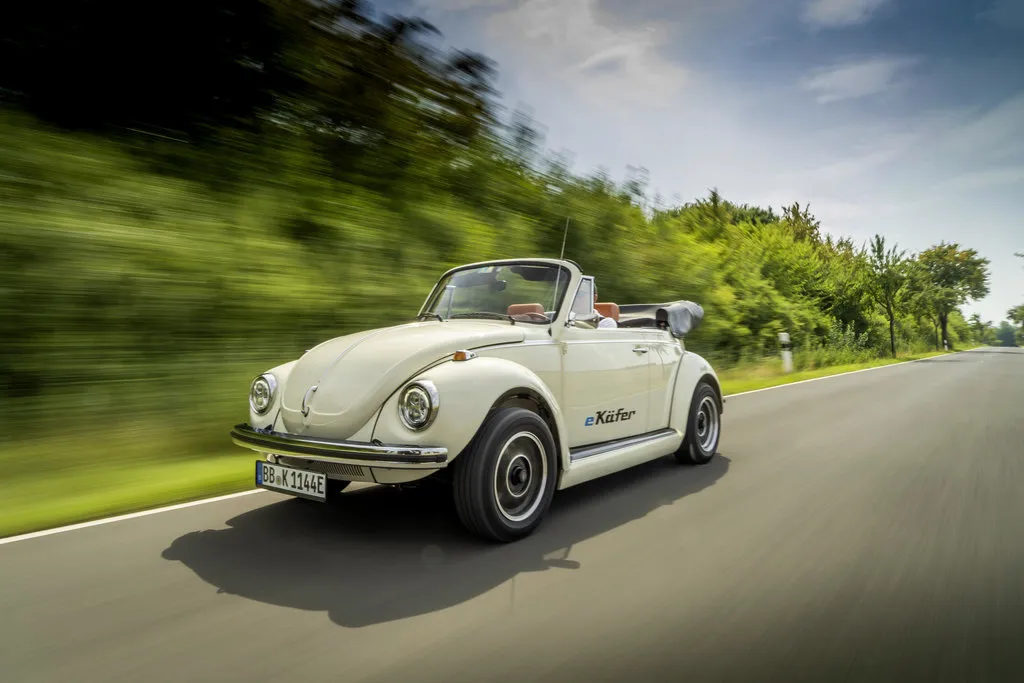
The process of converting a classic vehicle to electric requires a series of careful steps to ensure the car runs safely and efficiently. In the case of the electric Beetle, the original engine and transmission have been completely removed, making way for the electric motor and battery pack. Here’s how each step works:
- Combustion Engine Removal: First, the combustion engine is removed, along with the gearbox and exhaust system. This frees up space and reduces the weight of the vehicle.
- Electric Motor Installation: Next, the electric motor is installed, which is connected directly to the wheels. This motor provides immediate power, which improves the vehicle's acceleration.
- Battery Positioning: The batteries are placed on the floor, where the transmission system used to be. This position improves weight distribution and contributes to better drivability.
- Chassis and Suspension Adjustments: Due to the extra weight of the batteries, the chassis and suspension need to be reinforced. This ensures that the vehicle maintains stability and safety.
- Modernized Brake System: The electric Beetle received more powerful brakes, capable of handling the new weight and the power of the electric motor.
With all these changes, the electric Beetle not only gained a new electric heart, but was also updated to meet today's safety and performance requirements. The driving experience of this classic is now quieter, smoother and more environmentally friendly.
Conclusion: A Sustainable Future for Classics
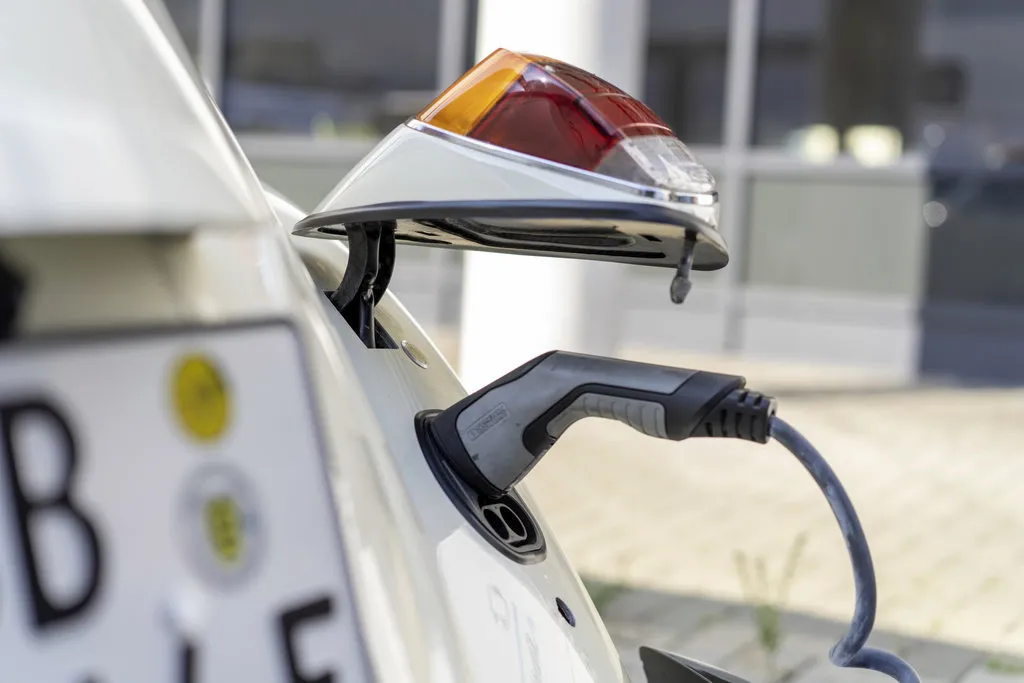
O Electric Beetle is more than just a curiosity or an experimental project. It represents a milestone in the evolution of classic vehicles and the future of the automotive industry. The initiative of Volkswagen and of the eClassics demonstrates that it is possible to unite past and future, combining the timeless design of classics with the advanced technology of electric vehicles. With a range of 200 km, the electric Beetle is perfect for those who want a sustainable vehicle without sacrificing style and nostalgia.
This project also shows how the market for electrification kits for classics could gain momentum in the coming years. Imagine the possibility of transforming your own Beetle, Kombi or even a Karmann Ghia into an electric vehicle, helping to preserve the environment and ensuring that these icons continue to drive on the streets. And for those who are eager for news, the Frankfurt Motor Show will provide an excellent opportunity to see this innovation and others that are yet to come.
With initiatives like this, Volkswagen is showing that environmental preservation and a love of classic cars don't have to be mutually exclusive. The electric Beetle is a symbol of this new era, in which historic cars can continue to be part of our lives, but in a more modern way. sustainable and conscious.

